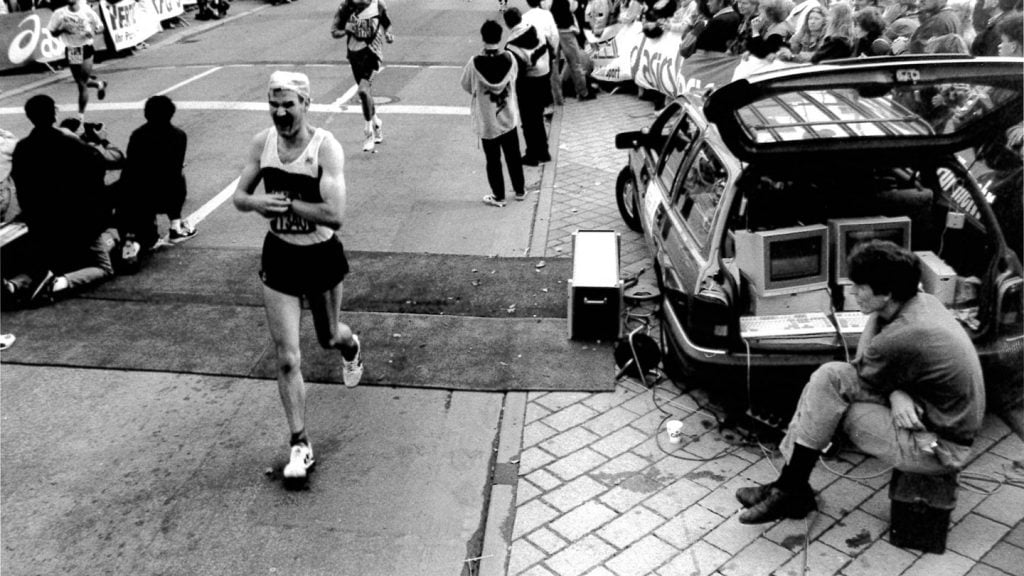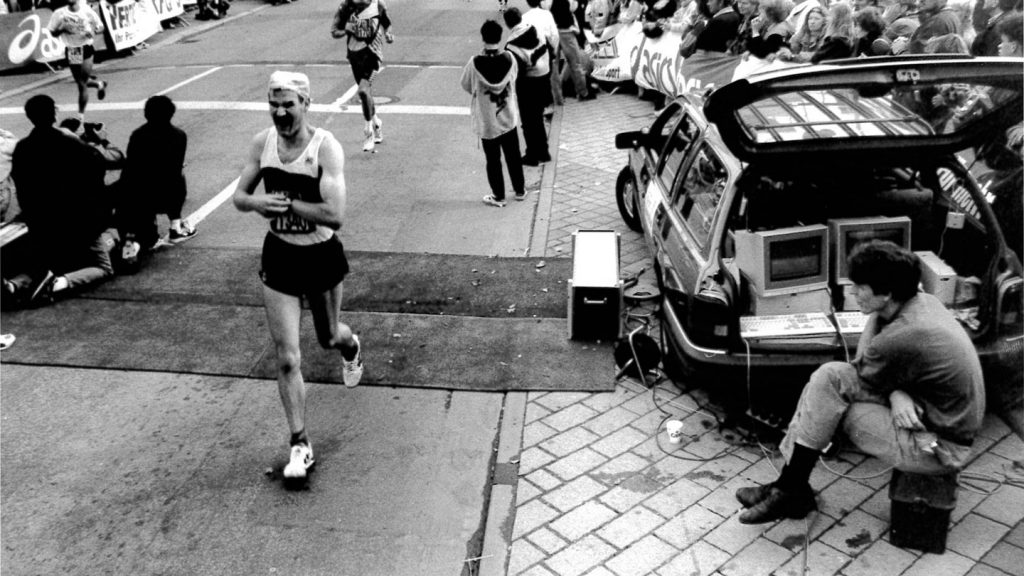The Evolution of Precision: Unraveling the History of Running Timing
In the world of mass sports events, timing is everything. During running races, athletes push themselves to the maximum to achieve the best result possible. The history of timing running races is a fascinating journey that combines technological improvements and the desire to measure and improve performance.
Manual Timing with stopwatches
In the early days of running events, the timing was done manually with an army of volunteers. The stress factor was always present to deliver reliable timing, especially in races with thousands of running enthusiasts. The athletes had to rush to start their race, as their times were measured before they even crossed the start line.
Introduction of chip timing
The introduction of chip timing took place in 1993 when a couple of Dutch running enthusiasts had the ambition to get accurate, reliable, and personal results at running races. They invented a timing system for mass running events, using chips on athletes' shoes and electromagnetic receptors at the start and finish lines. This system, called ChampionChip, was a world first and it completely rejuvenated the athletics world.
In the early days, it was optional for racers to buy their chip and get a net time. After a few races, it became mandatory for all participants to run with a chip, offering the choice of buying one for future use or renting one with a deposit. To accommodate countries hesitant about handling deposits, differently colored chips, initially black and later white with encryption, were introduced. These chips could only be owned by timers, not the runners.
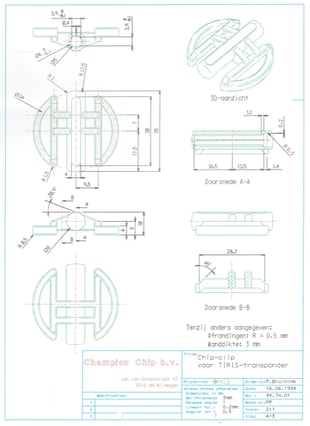
Intermediate Timing in Marathons and the Olympics
ChampionChip enabled intermediate timing right from the start. At events like the Rotterdam Marathon in 1995, intermediate times were recorded for the half marathon, though not in real-time. Instead, split times were later added to the results.
A significant milestone took place during the 1996 Olympics in Atlanta when ChampionChip was employed for intermediate timing in the marathon and race walking events. While photo finishes determined official finish times, ChampionChip was at that time the only timing system that was able to register and distribute the split times automatically. This was the debut of live intermediate timing, telephone lines were set up at each intermediate point for real-time data transmission.
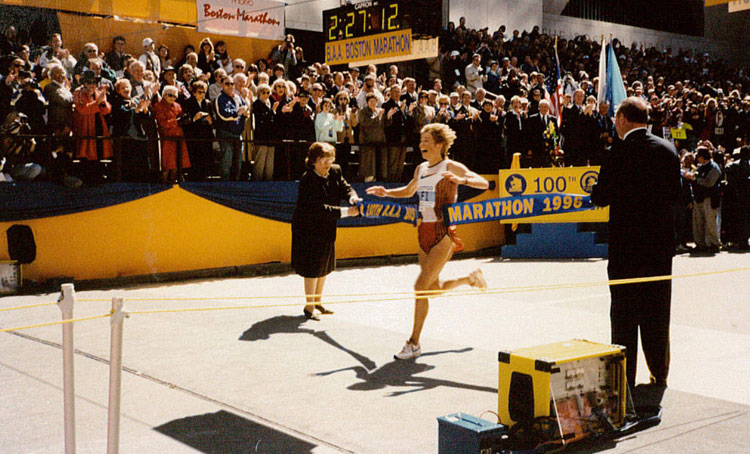
New timing systems for other sports
In the years that followed the company ChampionChip came up with new timing systems for a variety of new sports, like cycling, MTB, BMX, speed skating, and more. In 2003, an online service was launched, with which event organizers, race clubs, and track owners could publish their event and practice results on the mylaps.com website.
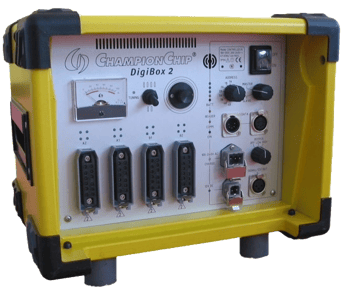
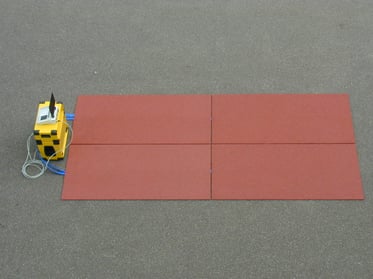
From shoe chips to tags on a bib
In 2008 ChampionChip and another Dutch timing company AMB joined forces and merged into one company: MYLAPS Sports Timing was born. This company invented the BibTag System in 2010, which aimed to simplify the process for runners by eliminating the need to attach a separate chip to their shoes, instead integrating the chip into their race bibs. This was also a big step forward for timers, who didn't have to collect all the shoe chips after the finish line. The tag on the bib was disposable, which made the lives of timers much easier. The BibTag System uses passive technology, activating the tag automatically as the runner passes over the BibTag mats installed at specific points along the race course. Learn more about the difference between active and passive timing systems. Moreover, the BibTag System registers those moments with high accuracy, recording the runner's split times and overall race times.
When this system was introduced it brought a lot of positives for race organizers, timers, and runners. Integration within the race bib meant that it eliminated the need for participants to attach separate timing devices to their clothing or gear, enhancing the running experience. BibTag's automatic activation and passive technology minimize human error and ensure precise timing, providing instant and reliable race results. Lastly, for event organizers, the BibTag System simplifies logistics, reducing setup time and allowing for smoother execution of races.
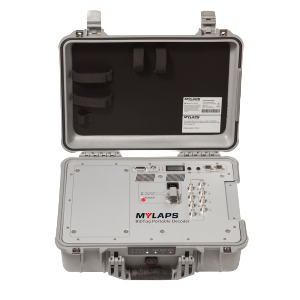
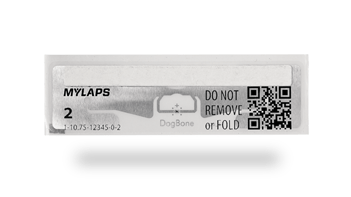
Live tracking of runners
In 2015 another innovation was introduced: live tracking of all the athletes taking part in a race. The decoders could be connected to the internet, so all passings could be followed in mobile apps for smartphones and tablets. This EventApp was tailored to enhance the experience for participants, organizers, and spectators.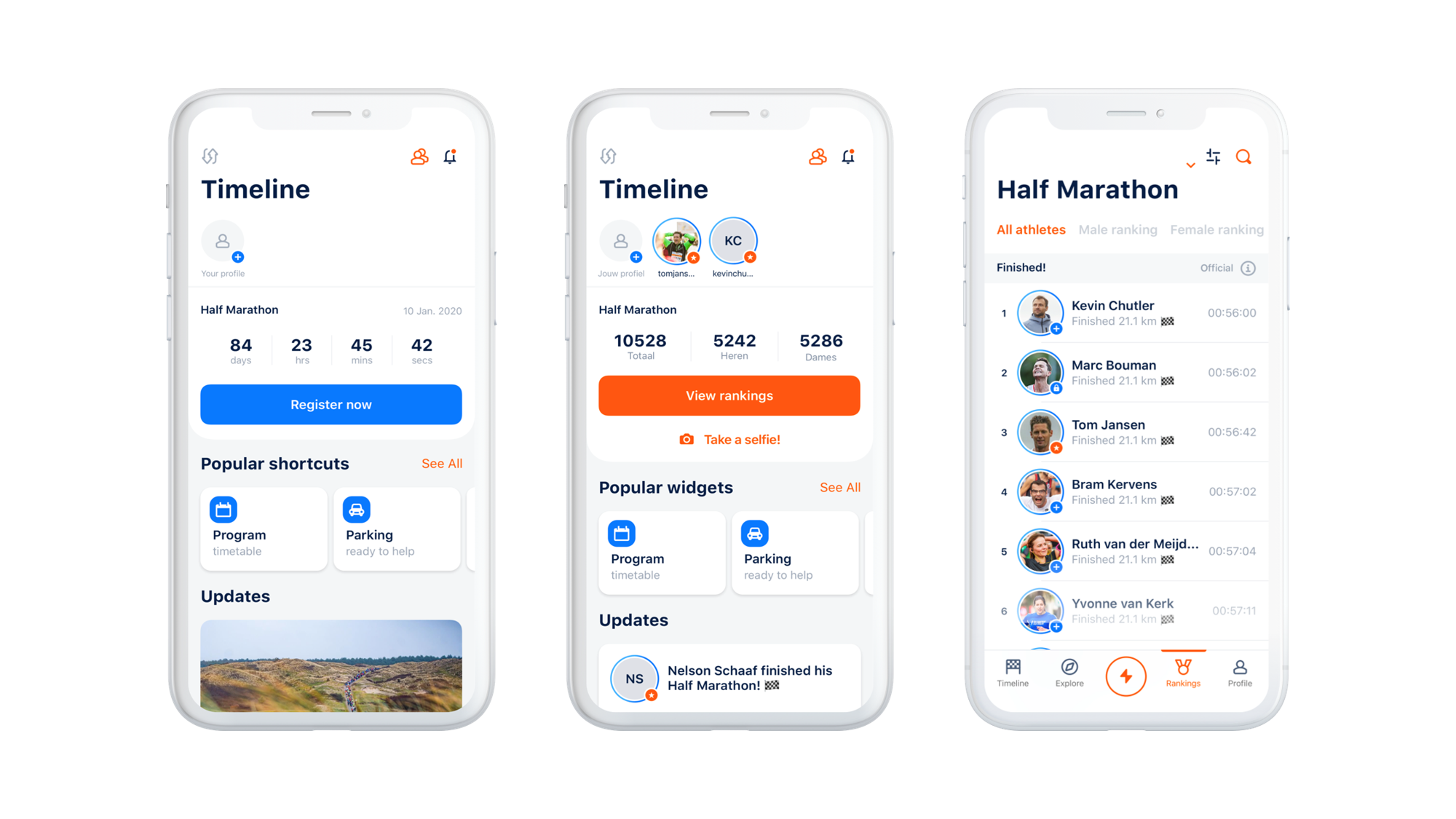
From using chips on shoes and electromagnetic receptors at the start and finish lines to the digital precision of today's races, the history of timing running events shows the commitment to push the accuracy, efficiency, and thrill of the race at the forefront of the experience. As MYLAPS continues to innovate the race timing industry, the running world can look forward to even greater feats and faster times on the horizon.
Learn more about timing systems for running races.

